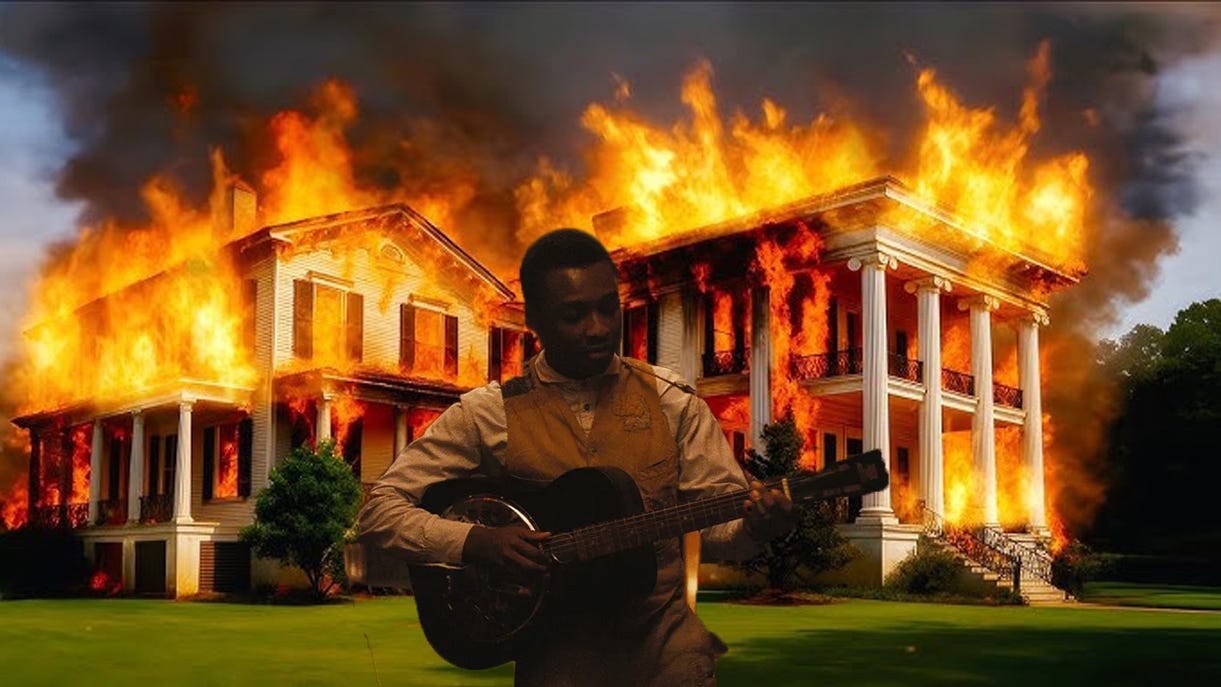Primary Sources: Black People Built America. The Nottaway Plantation Is Proof
The fire at a Louisiana forced labor camp sparked white tears, Black joy and social media memes. It should remind everyone who built this country.
No matter how you feel about capitalism, excess and whether billionaires should exist, it is impossible to deny that Jay-Z, Beyoncè Knowles-Carter and Elon Musk embody the mythical concept of the American Dream.
Beyoncé’s Cowboy Carter Tour is on track to gross $325 million because of the music she made, recorded, promoted and re…
Keep reading with a 7-day free trial
Subscribe to ContrabandCamp to keep reading this post and get 7 days of free access to the full post archives.



